
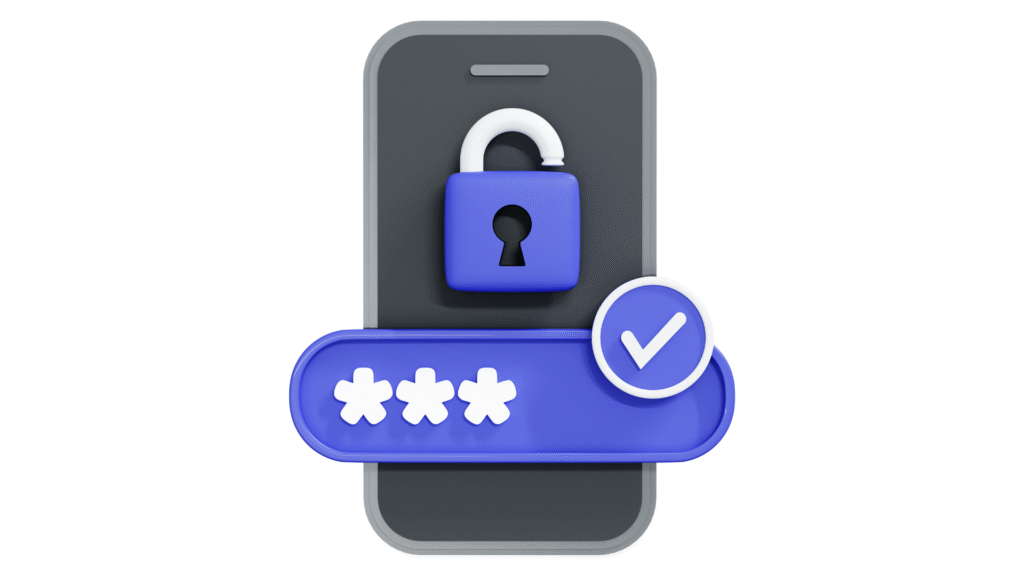
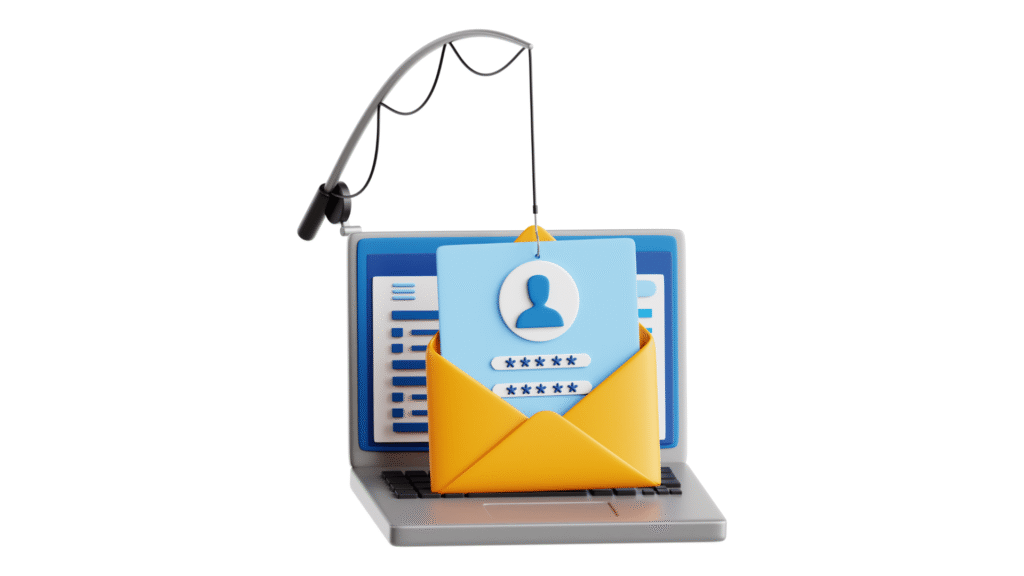
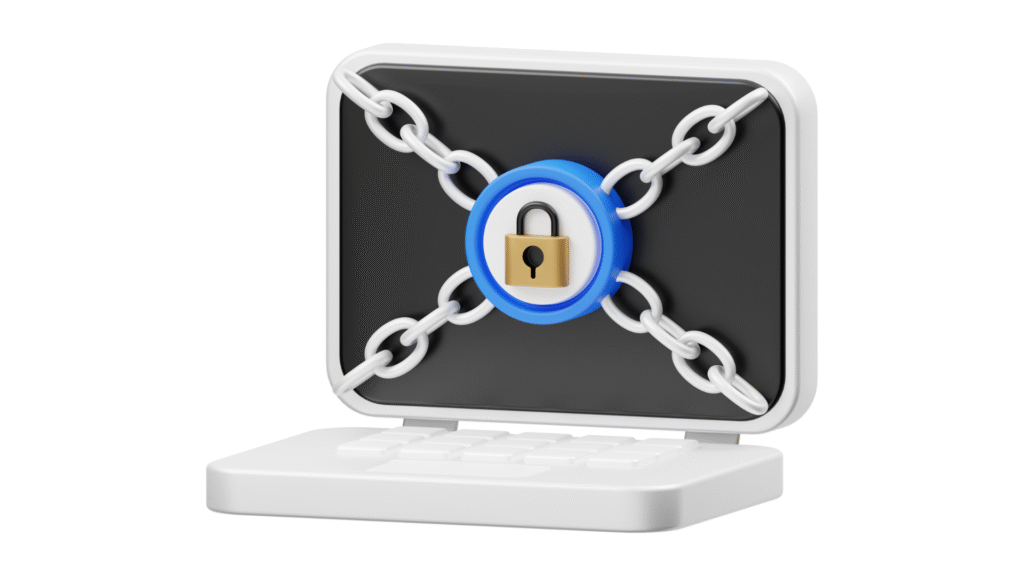
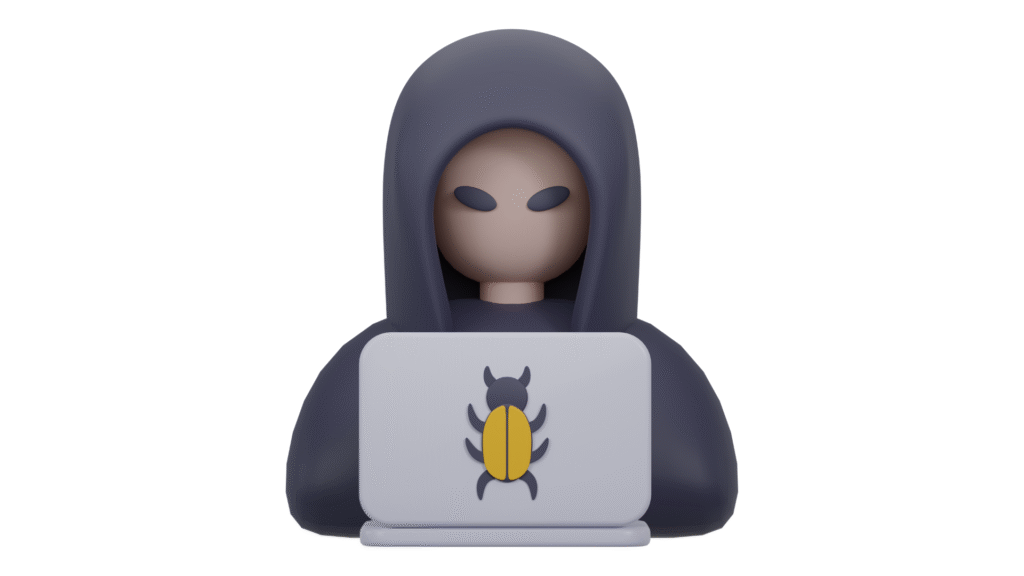
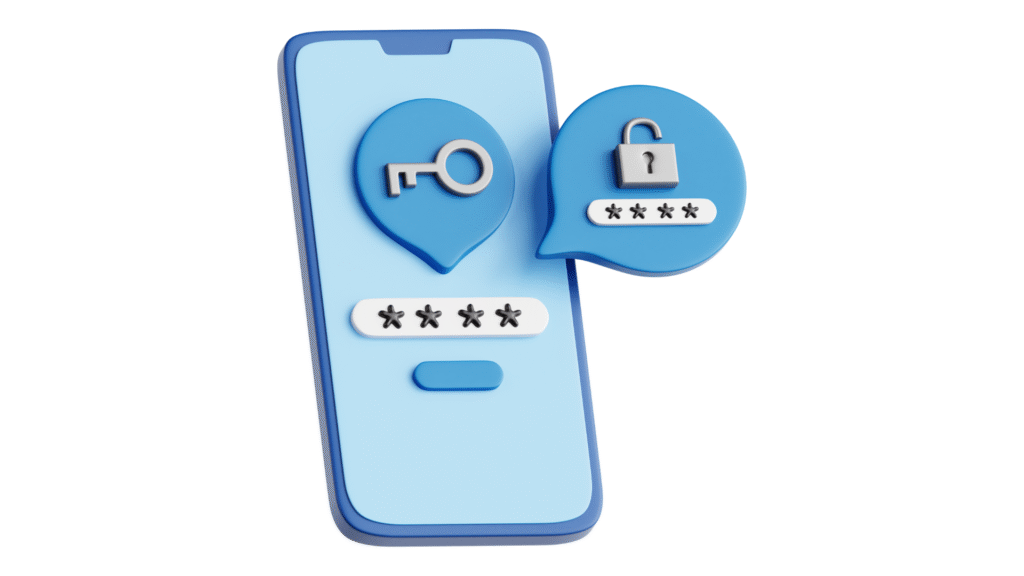 These cybersecurity terms provide insight into both offensive threats and defensive practices. As cyber risks grow more sophisticated, so must our awareness and tools. By understanding and applying concepts, everyday users can build stronger digital habits and reduce vulnerabilities. Stay tuned for the next chapter of our cybersecurity alphabets to continue strengthening your cyber vocabulary one letter at a time.
These cybersecurity terms provide insight into both offensive threats and defensive practices. As cyber risks grow more sophisticated, so must our awareness and tools. By understanding and applying concepts, everyday users can build stronger digital habits and reduce vulnerabilities. Stay tuned for the next chapter of our cybersecurity alphabets to continue strengthening your cyber vocabulary one letter at a time. 